Turkey’s nine environmental ‘hotspots’
ISTANBUL
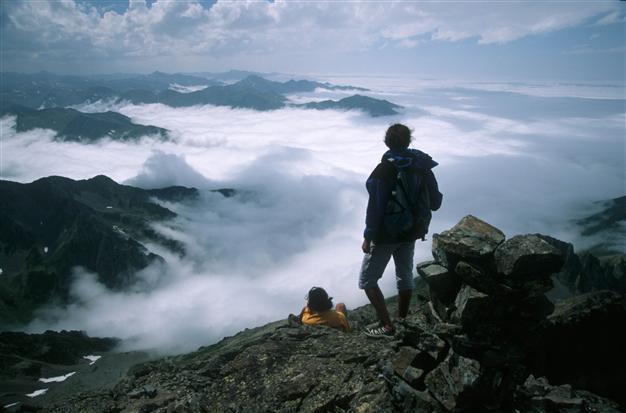
The Kaçkar Mountains and the Fırtına valley in the eastern Black Sea region of Riza are among the nine 'hot spots' selected by the WWF as 'critical' to ensure a sustainable ecological footprint in Turkey.
Struggling to pair urban and industrial development with environment, the Turkish government’s wild energy policies are threatening the ecological balance in dozens of protected areas across the country.According to a list prepared and provided by the World Wide Fund for Nature (WWF) in 1999, nine regions or areas were selected among the 100 environmental spots in Europe that are extremely important to preserve in order to ensure a sustainable ecological footprint in Turkey.
They have been designated “hotspots,” a terminology used by environmental protection institutions, organizations and experts to define natural areas that should be protected in priority, particularly for the fragility of their ecosystem. All of those hotspots are unique regarding the number of endemic species, the habitat they offer for endangered animals, maturity of the forests and their natural beauties.
WWF Turkey has been working since 2001 for the preservation of these nine hotspots in cooperation with the Ministry of Forestry and Water Affairs. The UNDP and Global Environment Facility jointly supported a program called “Strengthening Forested Protected Areas Network of Turkey,” which put two-thirds of the nine hotspots under protection and promoted sustainability through resource management at Küre Mountains National Park.
But recently, many are being threatened by government-led projects to enable either construction or energy investments. For the 2011 International Year of Forests, the “9 Hotspots” documentary series by director Vedat Atasoy were filmed to further raise awareness on the topic by portraying local life in the areas.
Let’s take a look at each of the nine spots and their distinctive characteristics:
1) Küre Mountains National Park
Located in the western Black Sea region between Bartın and Kastamonu, the Küre Mountains have recently drawn awareness due to their natural beauties. Canyons, caves and waterfalls, such as Ilıca Waterfall, are among the many natural sites of these mountains, which comprise 120 villages in their surroundings.
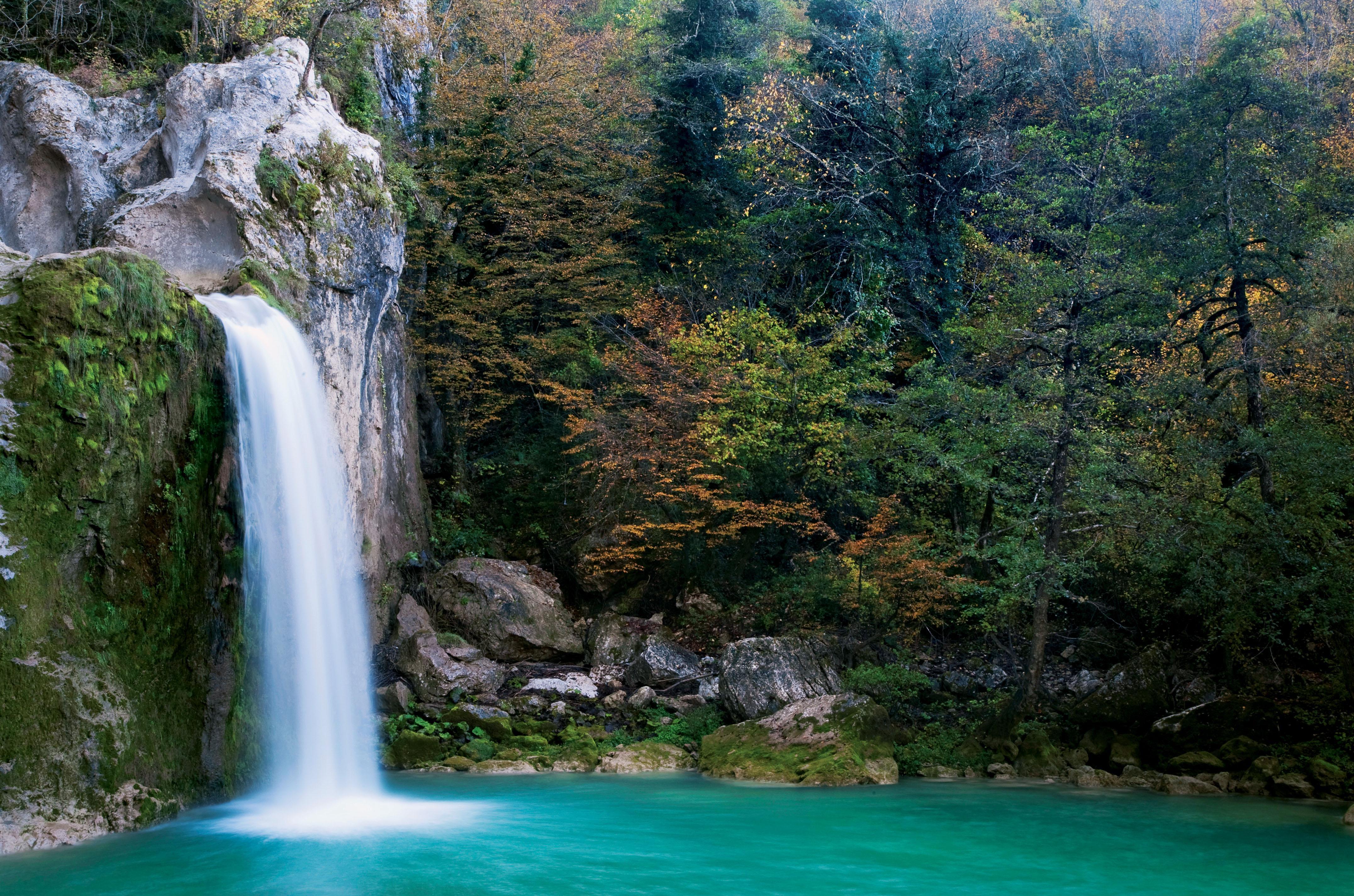
2) Istanbul’s forests
With the Belgrade Forest through the north of the city’s European side, which offers main recreational areas for Istanbul, forests on both continents of Istanbul are essential to preserve in order to maintain sustainability amid a frenzy of urbanization. But the recent construction engaged in the northern forests – particularly the “crazy projects” that include the city’s third airport and bridge, as well as the even more lunatic Istanbul canal project – are threatening an area that has become the lungs of the metropolis.
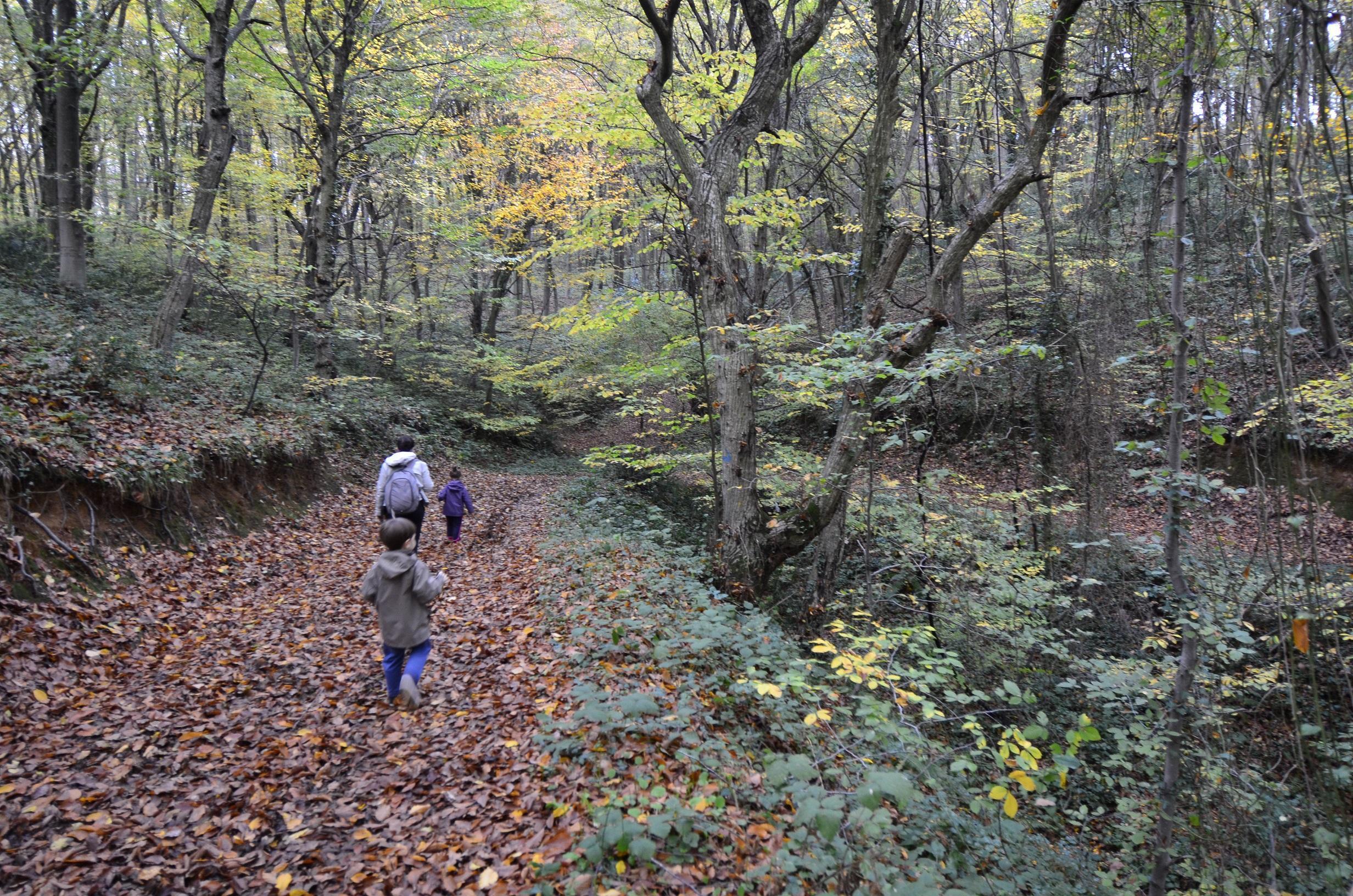
3) İbradı-Akseki Forests
The İbradı-Akseki Forests in Turkey’s southern coast of Antalya have a large number of endemic plant species due to high precipitation levels. It also includes the Altınbeşik Cave, which features a 40-meter-deep lake. The area, which is highly valued for the maturity of its trees, is under threat due to uncontrolled hunting and over deforestation.
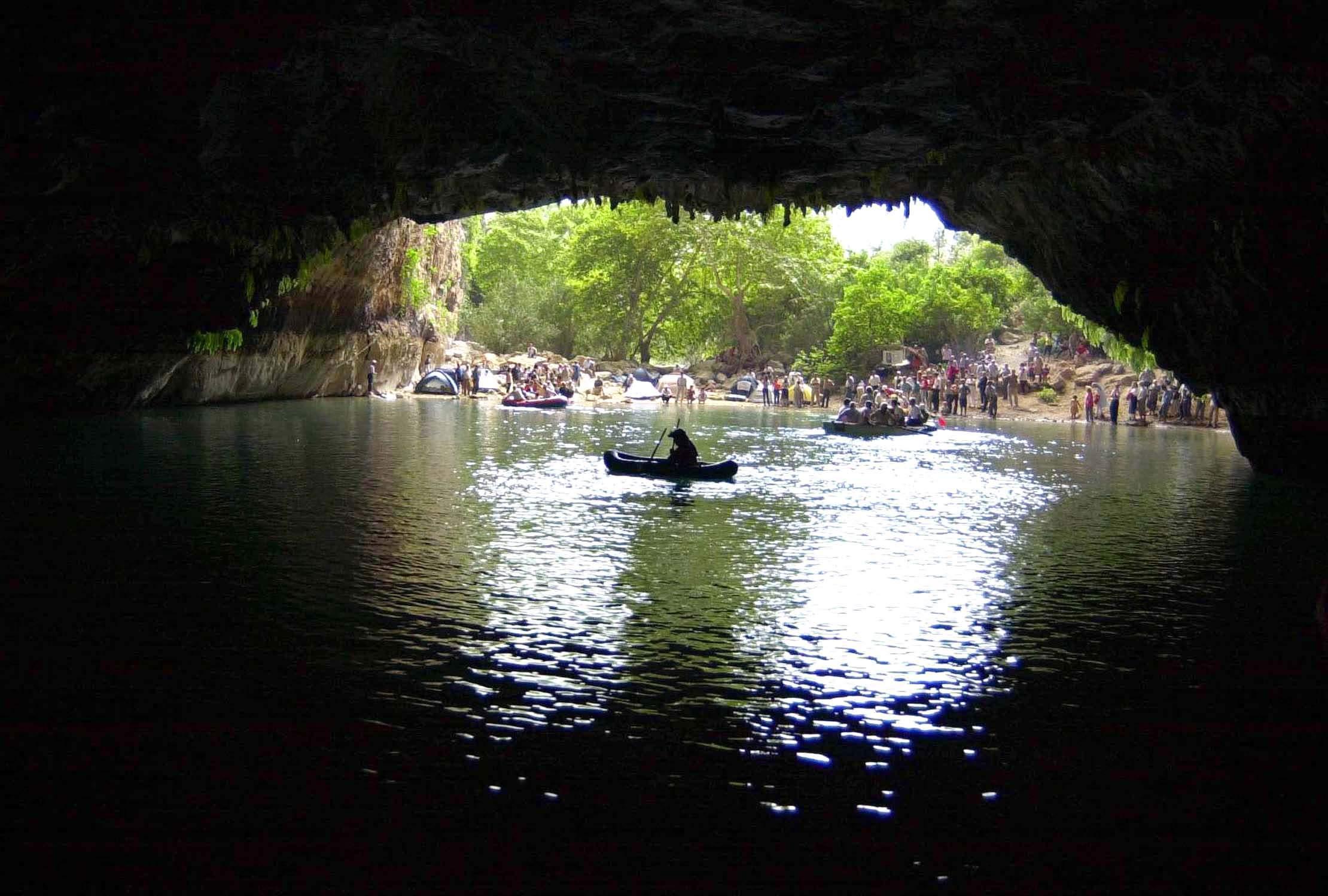
4) Karçal Mountains
Located in Turkey’s northeastern province of Artvin near the Georgian border, the Karçal mountain chain features untouched forests and glacial lakes that add to its unique beauty. The mountains are also one of the most significant regions in Europe for their brown bear population.
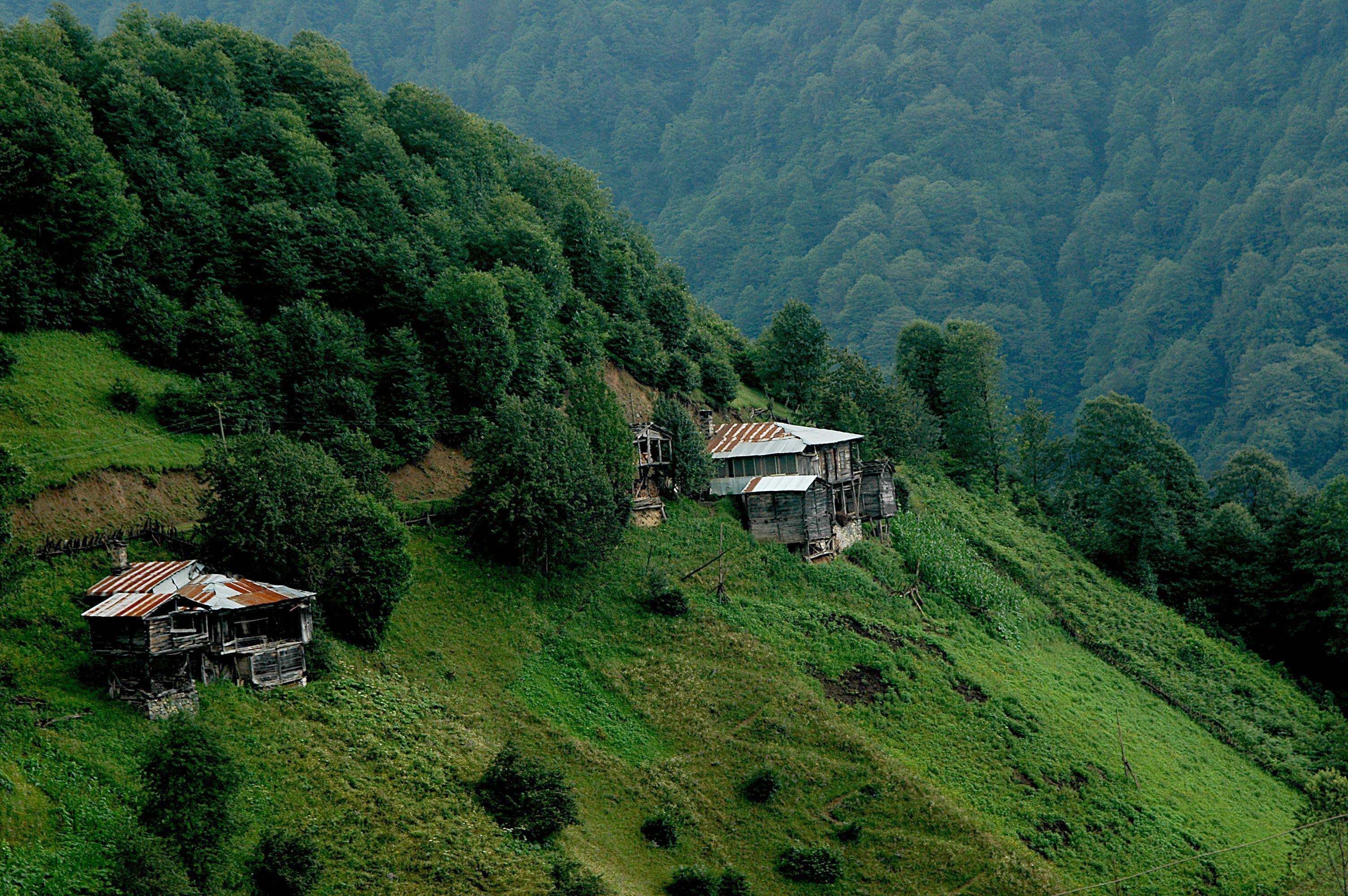
5) Amanos Mountains
The Amanos Mountains - or the Nur Mountains as called by locals - follow the Mediterranean coastline to the south in the southern province of Hatay. The mountain range crosses through Syria and have become politically controversial since the civil war in the country for being used by smugglers and militants alike. The region has the typical flora of the Mediterranean region and is also considered one of the biodiversity hotspots in the world.
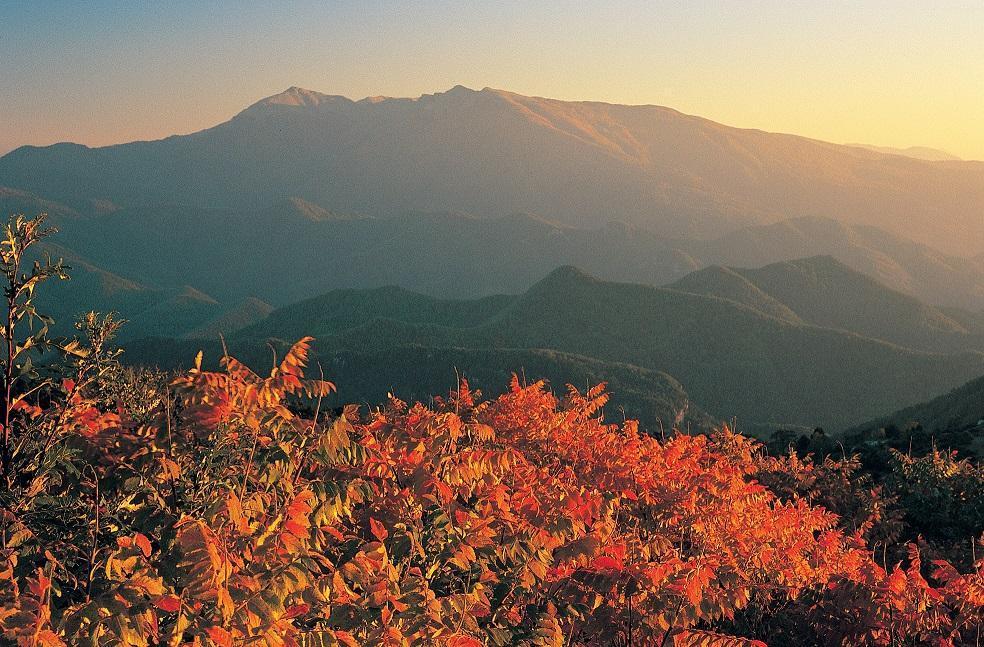
6) Baba Mountain
Located around Fethiye on the Mediterranean Coast, the ancient Mount Cragus, also known as the Baba Mountain, is nearly 2000-meters-high and has a rich flora around its valleys. The region is also a touristic hotspot, as many paragliding activities in Fethiye featuring in postcards start from the top of the Baba Mountain and end at the Ölüdeniz beach.

7) Yenice Forests
Located in the inner Black Sea province of Karabük, the Yenice Forests have been designated a naturally protected area for their monumental trees. The area also offers many venues for adventurers and hikers, such as mountain biking and trekking. The mountains are supported by the same program of the UNDP and GEF implemented in Küre Mountains.
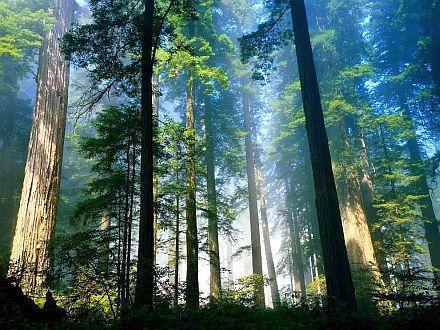
8) Datça and Bozburun Peninsula
Located In the southwestern Muğla Province, this 80-kilometer-long peninsula separates the Aegean and Mediterranean seas. A tourist spot in the summer, it features sandy beaches, many natural beauties, and ancient cities, such as Knidos and Amos. The peninsula is also known from Can Yücel, one of Turkey’s most acclaimed “bad boy” poets, who famously declared in his poem “Testament,” “Bury me, my dear, in Datça, near that view by the sea.”
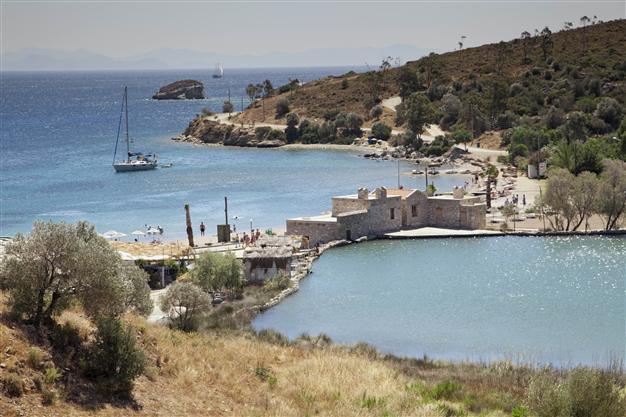
9) Fırtına Valley
Located in the Rize province near the Kaçkar Mountains, the Fırtına Valley, with the fiery Fırtına River, is one of the most popular destinations in the eastern Black Sea region. It is well known for its greenery and rafting activities.

















